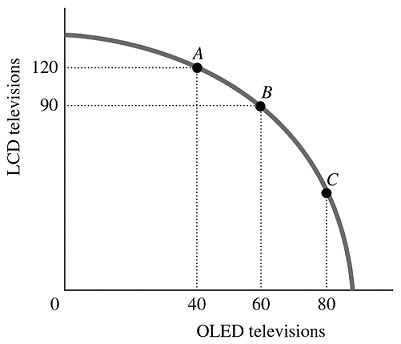Despite the fact that most votes have virtually no impact on the outcome of a vote, and knowing people incur opportunity costs to vote, we recognize that people vote for all of the following reasons except they:
A. get utility from participating in a civic event.
B. altruistically decide to contribute to the democratic process by voting.
C. feel pressure to fulfill their civic duty.
D. are obligated legally to do so.
Answer: D
You might also like to view...
In the United States, the wealthiest 10 percent of households own about ________ of total wealth
A) 40 percent B) 66 percent C) 90 percent D) 55 percent
If a monopolistically competitive firm is suffering losses in the short run:
A. the exit of competing firms will shift the firm's demand to the right. B. the exit of competing firms will shift the firm's demand to the left. C. the exit of competing firms will cause price to drop, but not affect the firm's demand curve. D. the exit of competing firms will cause price to rise, but not affect the firm's demand curve.
An economy can produce various combinations of food and shelter along a production possibilities curve (PPC). Suppose a technological innovation resulted in a new, higher-yielding crop that generated more bushels of grain for a given set of land, labor, and capital resources. If this innovation did not affect the productivity of shelter production, then which of the following would be true?
a. The production possibilities curve (PPC) will shift outward equally along both axes of the graph. b. The PPC will not change. c. The PPC will rotate outward along the food axis, but will not shift on the shelter axis. d. The PPC will rotate inward along the food axis, but will not shift on the shelter axis.
Refer to the information provided in Figure 2.5 below to answer the question(s) that follow. Figure 2.5Refer to Figure 2.5. The economy is currently at Point B. The opportunity cost of moving from Point B to Point A is the
Figure 2.5Refer to Figure 2.5. The economy is currently at Point B. The opportunity cost of moving from Point B to Point A is the
A. 120 LCD TVs that must be forgone to produce 20 additional OLED TVs. B. 30 LCD TVs that must be forgone to produce 40 additional OLED TVs. C. 20 OLED TVs that must be forgone to produce 30 additional LCD TVs. D. 40 OLED TVs that must be forgone to produce 120 additional LCD TVs.